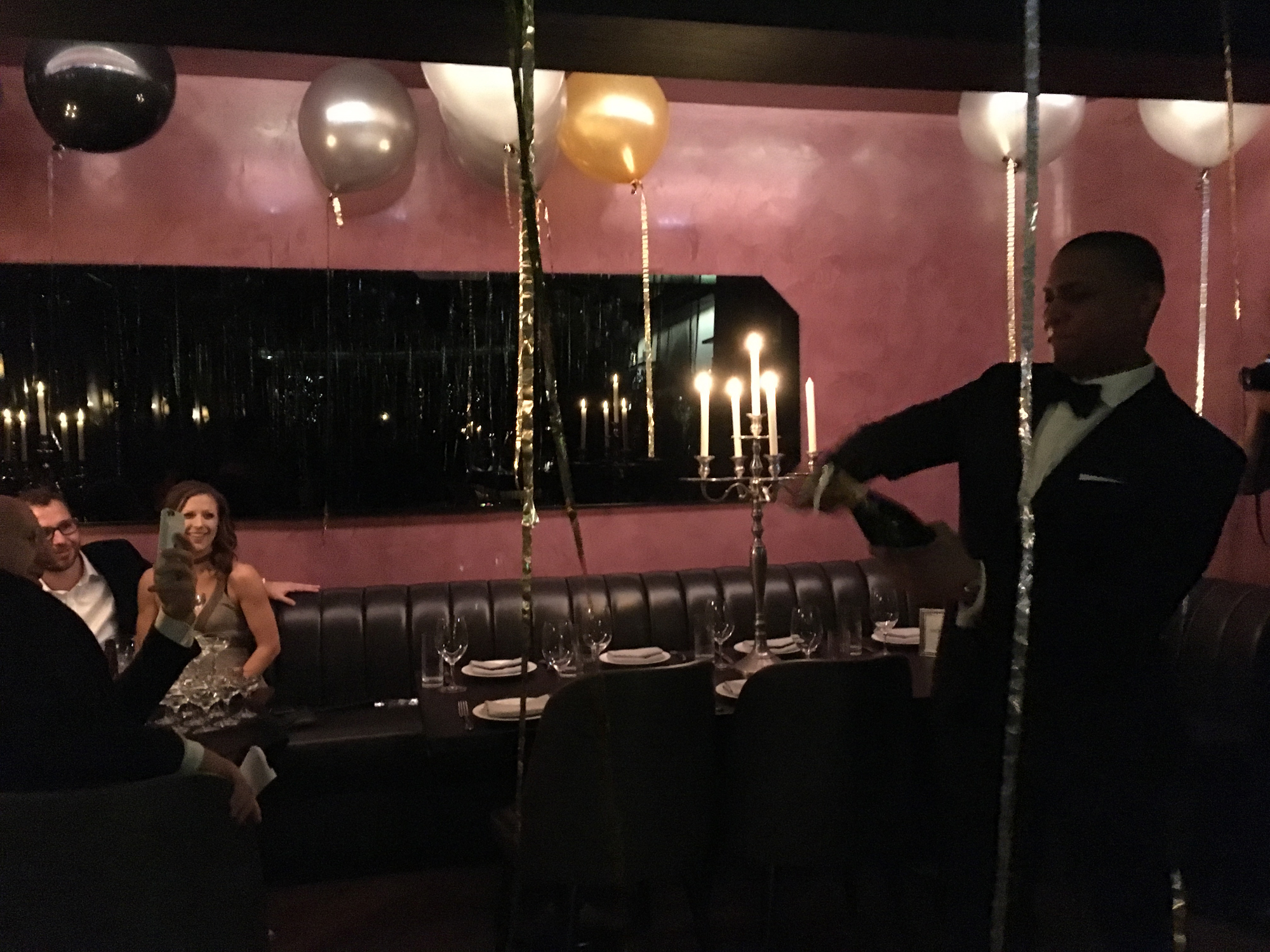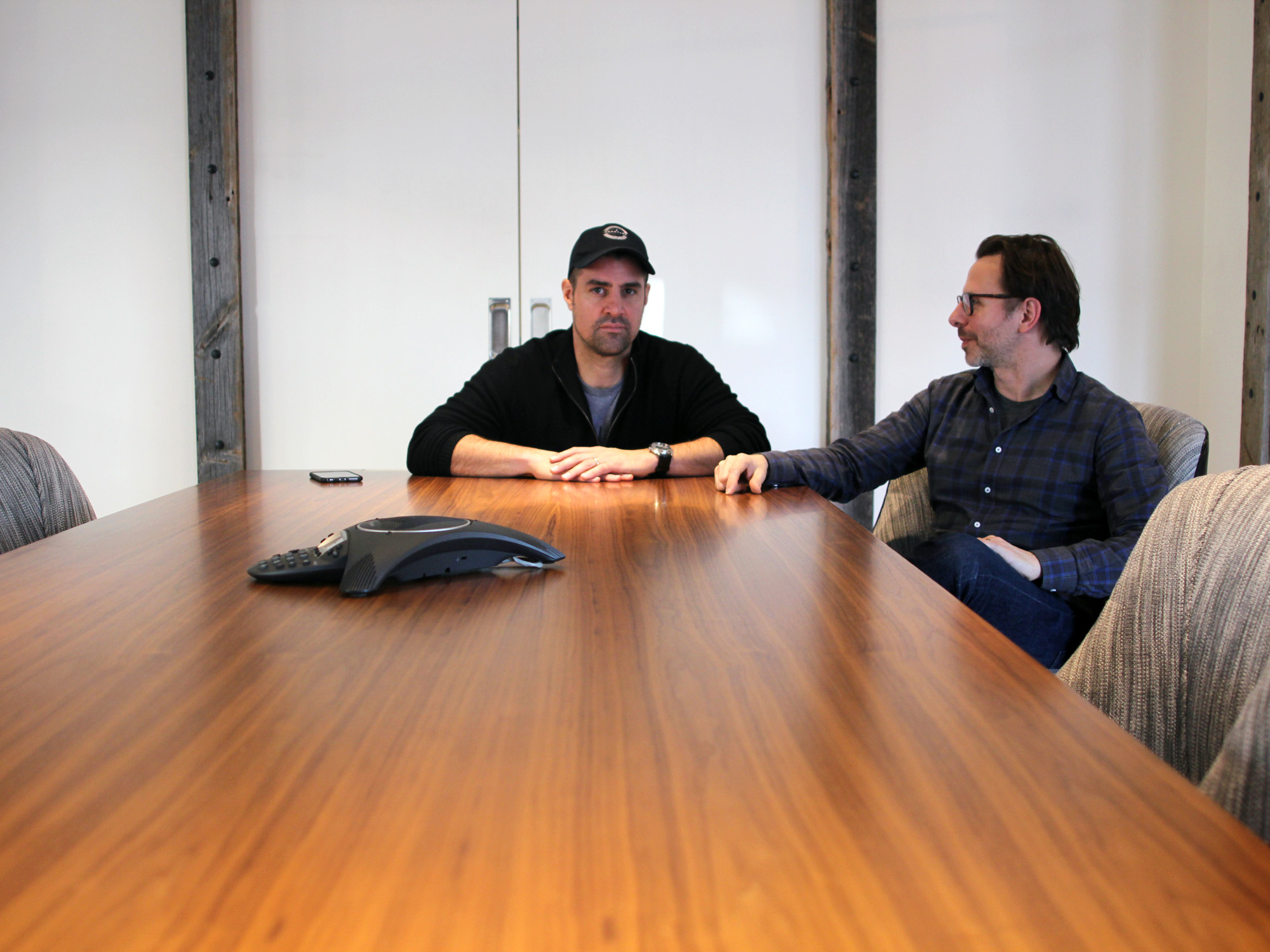I TRY NOT TO PASS MYSELF OFF as an expert on the authenticity of food of places I’ve only traveled to for a week or so. But sometimes you get a Proustian rush—a flavor you taste goes straight to the memory center and comes up three cherries in your head, and you’re transported back to that place as if you’d never left it. It happened when I tasted Justin Behlke’s dashi broth in the kitchen at Elizabeth; my head was suddenly filled with the vegetable-briny smell that seems everywhere in Tokyo, collecting from all the stalls in the underground walkways between subway platforms, wafting from the shops huddled under the awnings along the outside of Tsukiji, enticing you as you pass by a little 8-seat ramen shop anywhere in Shinjuku.
It was as close to teleportation as I’ve ever come. So I’m no expert, but when Kitsune, the new Japanese restaurant from chef-owner Iliana Regan, opens in North Center next Friday, it’s going to be a taste of Tokyo like we’ve rarely, if ever, seen in Chicago.

Iliana Regan and Justin Behlke at Kitsune
When I spoke with Behlke, previously the subject of this piece at Fooditor, and tasted a few of the things he was working on, it was at Elizabeth—Kitsune was still in the inspection phase at that point, and Regan was there for that. But Behlke was happily in his element in Elizabeth’s kitchen, experimenting with the precise recipes for some of the dishes for both the a la carte menu and the $65 tasting menu at the intimate space on Lincoln Avenue.
“This is our house dashi,” he said as he released some slices of matsutake mushroom onto the surface of the dashi broth. Then he picked up a yellow block that looked exactly like the lemon bars my mom makes at Christmas. “We’re making amino acids out of egg whites, koji [the fungus that’s the fermenting agent in soy sauce and other Japanese staples] and salt, fermenting it. So then we have all these yolks. I put them in a pan and cure them with bonito, sugar and salt.” Then he applied the block of cured yolk to a grater, and grated it over the top of the broth.
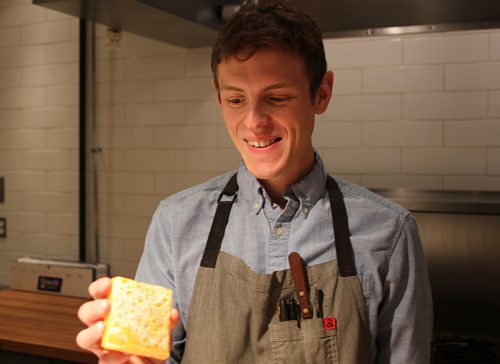
Cured egg yolk
Making things in-house, from soy sauce and miso on down, is central to Kitsune’s mission—so much so that it changed the structure of the restaurant. In October, when I moderated a panel that Regan was on at Taste Talks, she told me that Behlke was going to be the chef at Kitsune. Now, though, Behlke was telling me that that wasn’t exactly going to be his job.
“I’m kind of filling more of a culinary director, research and development position for the restaurant group,” he explained. “Sort of developing menus, developing dishes, training staff. Figuring out how to make our business as sustainable as possible.”
“I still have a manager role, but I don’t think we’re really going to have a head chef as much as we’re going to have lots of people having, like, managerial tasks, which is more fitting for what the restaurant wants to do anyways,” he said. “We want to make all our own misos and soy sauce, so the production is really large. We have to focus on making enough of these products to sustain these restaurants. You see this role in a lot of restaurants, you have somebody that’s just really focused on developing. Otherwise I feel like a lot of development can get lost, because there’s not enough time to do it. El Bulli is a true pioneer of that. Momofuku has a test kitchen, with a chef in charge of it.”
He picked up a plate of ink-black noodles and dropped them into boiling water. “This is our vegan ramen,” he explained. Instead of a meat stock, “You’re essentially just making a roux with miso, charring it really hard, and then deglazing it with sake. The depth of flavor is amazing.” As he assembled it, it was indeed vegan—until he decided it needed an egg, both for photos and for my pleasure as a diner (having ramen for second breakfast, as it happened).
“The eggs I marinate in an adzuki miso we make here for 24 hours,” he said. Miso has been a particular area of experimentation for him—a chickpea miso was part of the standout dish at his Thurk popup when I attended it in the summer—but so is ramen; they’ll have two kinds of ramen on the menu at all times, one meat-based and at least sometimes, one not. They’ll make specialty noodles like the ones he made for the vegan ramen, cut on an Italian chitarra (“guitar strings”), though he said he expects they’ll be ordering the bulk of noodles from Sun Noodle, which has made a name as the supplier of artisan noodles for the ramen craze.
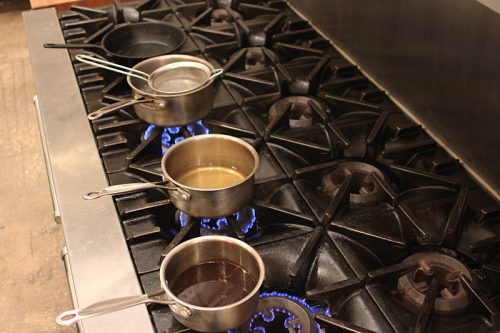
Although they will make many things in house, another quintessentially Japanese part of it is finding the right suppliers—farmers, butchers (they’re getting Carlisle Beef, from the father of chef Justin Carlisle who has Red Light Ramen in Milwaukee, via The Butcher and Larder), noodle makers. The food chain devoted to such excellence is how a country of restaurants barely big enough to turn around in, let alone do all their own butchering and other prep, maintains the highest culinary standards in the world.
“I found it very exciting to go to a kaiseki restaurant in Kyoto and not see any modern technology—just pure knife skills.”
“The core of it is good ingredients. Not good—the best ingredients. Like peak seasonality. We have tomatoes from July to September, but they’re really good for about two weeks in August. And I think that is what the food in Japan is like,” Behlke said.
He knows what it’s like there because, like me, he went to Japan in 2016 for the first time. “The quality of product, the simplicity of preparation, was over the top,” he said. “Like everything I ate was so simple. To the point where, you can get sushi for $8 that’s better than any sushi you’d have in Chicago. I didn’t want to leave. I was not ready to leave. I feel like I just brushed the surface. Everything was so pronounced, everything was so clear. There was no fuss.”
Gallery: Kitsune Experiments
JUSTIN BEHLKE LOOKS LIKE HE COULD BE ILIANA REGAN’S kid brother—they’re both long and tall and with open, midwestern faces, and the dedication and focus they each apply to food could pass for a family trait. Instead, they’re just kindred spirits—Regan says, “We inspire one another and have a very similar mindset in regard to philosophies, the midwest, our desire to learn and grow. We are almost the same in how we like our environments in which we work and how we teach others. I admire him, and most importantly, trust his decisions and palate.”
Japanese food was part of Regan’s plan for a second restaurant after Elizabeth, but it wasn’t originally this one—part of the idea for Bunny, her short-lived “micro bakery,” was that it would have a pop-up side at night that would serve, among other things, ramen. But as it is for many chefs, the simplicity and purity of Japanese cuisine was always an undercurrent, visible or not, in Regan’s food: “Japanese has always been one of my favorite cuisines, something I absolutely crave and even at Elizabeth have turned to for inspiration and technique,” she says. When Bunny didn’t work out as a way to explore it further, Kitsune offered another opportunity.
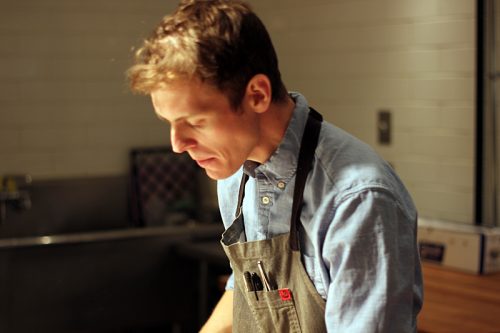
“Everything I do in Elizabeth as we grow and evolve or as a follow up is because I want to learn and experience more as a chef,” she says. “It’s not about trying to be the absolute best and having the authority on it. For me it’s about exploration, learning, and growing. I want to study this cuisine and become more skilled as a chef. Opening a restaurant dedicated to that provides myself and my staff that opportunity.”
And by opportunity, she means that she sent Behlke and other staff members to Japan to sample it first hand. (A reluctant flier, Regan had already been to Denmark last year and passed on the 13-hour flight for herself.) Behlke went to Tokyo, Osaka and Kyoto for nine days in November. “Being in a foreign country, it’s hard to communicate with people. The one thing you can do is eat. I understand this,” he says.
Like me, he marveled at the level of product and execution in even the most humble restaurants. “I found it very exciting to go to a kaiseki restaurant in Kyoto and not see any modern technology—just pure knife skills,” he says. “I was so impressed by the energy of the people, and the kindness. Why does this work? Even little restaurants are supported so much, and you can make a living in a tiny little place.”
The question for both Behlke and Regan is, how can you translate that back to the U.S., with its very different food system. Elizabeth’s farm-to-table and foraged cuisine gives them a head start on finding extraordinary product, but they still see it as a challenge.
“We shouldn’t, and we could never excel at, recreating what I experienced in Japan,” Behlke says. “But we have special things here, and I think it’s just about the core idea of using really good product, and then making it taste really good, and have a deep flavor. We have our midwestern focus—let’s find the best product, which is easier said than done. Japanese food is very focused on seasons, like many many seasons.”
Kitsune opens Friday, January 20.
Michael Gebert is the Zatoichi of the food scene as editor of Fooditor.
Latest
Join the Discussion
After you comment, click Post. If you're not already logged in you will be asked to log in or register with Disqus.













